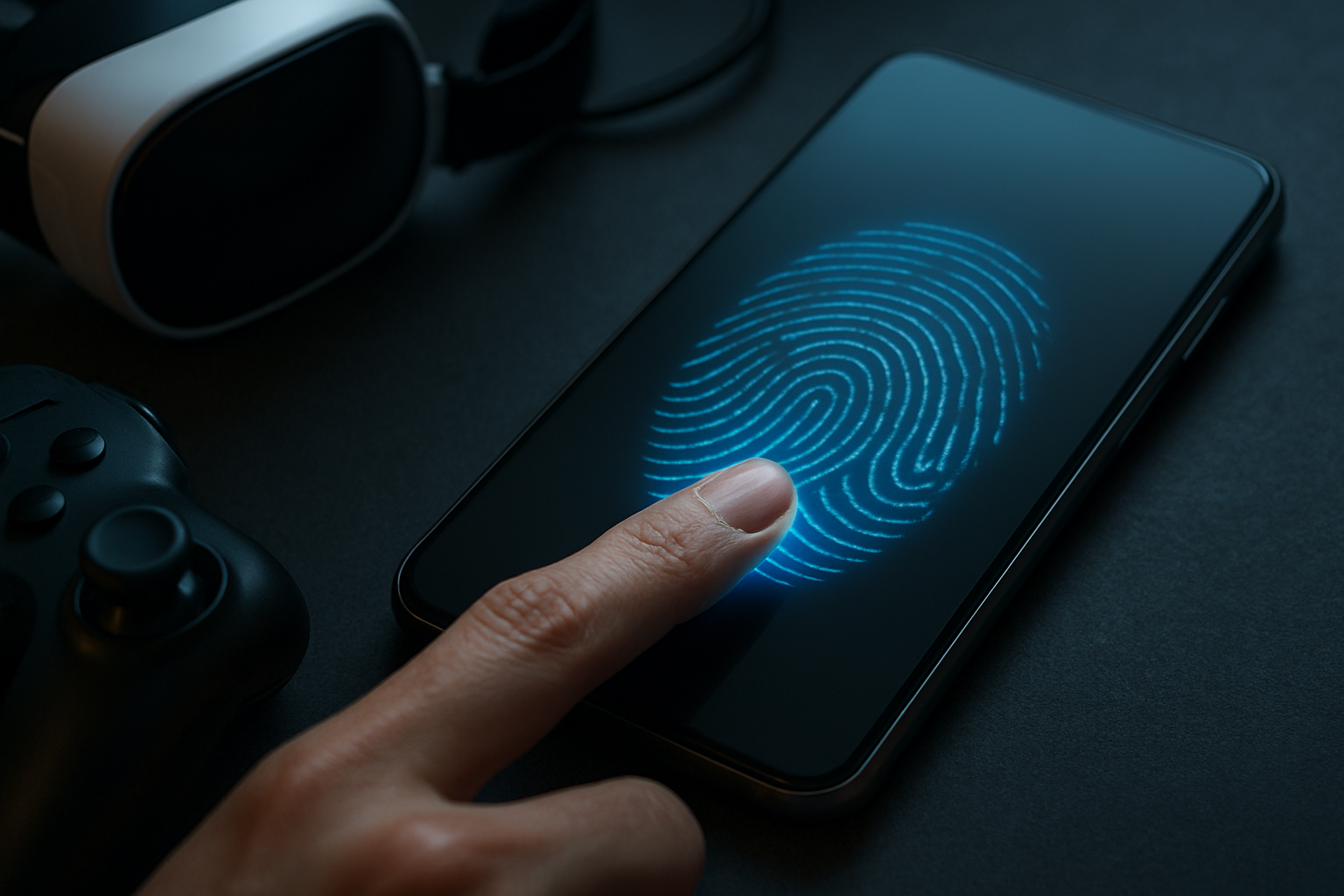Title: Tactile Tech: The Silent Revolution in Haptic Feedback
In a world dominated by sleek touchscreens and virtual interfaces, a quiet revolution is brewing beneath our fingertips. Haptic feedback technology, once relegated to simple vibrations in our smartphones, is evolving into a sophisticated sensory experience that could reshape how we interact with our devices. This burgeoning field of tactile tech is not just about making our gadgets buzz; it's about creating a more immersive, intuitive, and accessible digital world.

Beyond the Buzz: How Modern Haptics Work
At the heart of modern haptic systems are actuators—tiny motors that create precise vibrations or movements. These can be electromagnetic, piezoelectric, or even utilize shape-memory alloys. Advanced haptic devices often combine multiple types of actuators to create complex sensations.
One of the most promising developments is the use of ultrasonic waves to create mid-air haptic feedback. This technology allows users to feel virtual objects without touching any physical surface, opening up new possibilities for gesture control and augmented reality interfaces.
The Sense of Progress: Applications and Innovations
Haptic technology is finding its way into a diverse array of applications. In the automotive industry, haptic feedback is being used to create safer, more intuitive dashboard controls. Surgeons are using haptic-enabled robotic systems to perform delicate procedures with enhanced precision and tactile awareness.
Gaming is another frontier where haptics are making waves. Next-generation controllers and VR systems are incorporating advanced haptic feedback to create more immersive gaming experiences. Players can now feel the tension of a bowstring or the recoil of a virtual weapon, adding a new layer of realism to digital worlds.
Feeling the Future: Emerging Trends in Haptic Tech
As haptic technology continues to evolve, several exciting trends are emerging. One is the development of “smart fabrics” with embedded haptic actuators, which could lead to clothing that provides navigation cues or health monitoring feedback.
Another area of research focuses on creating more nuanced and localized haptic sensations. This could enable devices to simulate complex textures or even convey emotional states through touch, potentially revolutionizing long-distance communication.
The Human Touch: Accessibility and User Experience
Perhaps the most profound impact of advanced haptic technology will be in the realm of accessibility. For individuals with visual or auditory impairments, rich haptic feedback could provide new ways to interact with digital information and navigate the physical world.
Haptic tech is also poised to enhance user experience across a wide range of devices. From more satisfying typing experiences on virtual keyboards to intuitive navigation in complex software, tactile feedback has the potential to make our digital interactions more natural and efficient.
Challenges and Considerations
Despite its promise, haptic technology faces several challenges. Power consumption remains a concern, particularly for mobile devices. There’s also the challenge of standardization—creating a universal “language” of haptic feedback that can be consistently interpreted across different devices and applications.
Privacy and consent issues may also arise as haptic feedback becomes more sophisticated and personalized. How do we ensure that users maintain control over their tactile experiences in an increasingly touch-enabled world?
A Touching Conclusion
As we stand on the brink of this tactile revolution, it’s clear that haptic technology has the potential to fundamentally change how we interact with our digital world. By bringing the sense of touch into the digital realm, we’re not just adding another feature to our devices—we’re creating a more human, intuitive, and inclusive technological landscape.
The future of haptics is a world where our devices don’t just respond to our touch, but reach out and touch us back in meaningful ways. It’s a future where the digital and physical worlds blend seamlessly, mediated by the most fundamental of human senses. As this technology continues to evolve, we may find that the most profound innovations are the ones we can feel.





